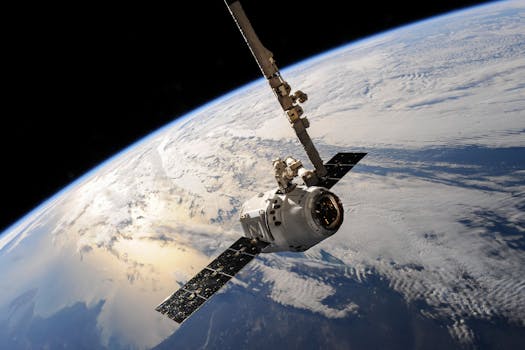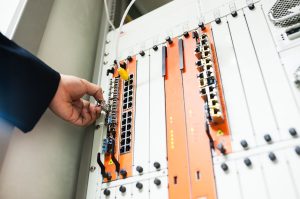MEO Satellites: Revolutionizing Global Communications with Medium Earth Orbit Technology

MEO Satellites: Revolutionizing Global Communications with Medium Earth Orbit Technology
MEO satellites, or Medium Earth Orbit satellites, are a type of satellite that operates at an altitude of around 2,000 to 36,000 kilometers above the Earth’s surface. This orbit is higher than the Low Earth Orbit (LEO) used by many satellites, but lower than the Geostationary Orbit (GEO) used by traditional communications satellites. The unique characteristics of the MEO make it an ideal orbit for a wide range of applications, from navigation and communication to remote sensing and Earth observation.
MEO satellites have several advantages over traditional GEO satellites. They have a lower latency, which means that the time it takes for a signal to travel from the Earth to the satellite and back is significantly reduced. This makes MEO satellites ideal for applications that require real-time communication, such as video conferencing and online gaming. Additionally, MEO satellites have a wider coverage area than LEO satellites, making them suitable for applications that require global coverage, such as navigation and communication.
Applications of MEO Satellites
MEO satellites have a wide range of applications, including navigation, communication, remote sensing, and Earth observation. One of the most well-known applications of MEO satellites is the Global Positioning System (GPS), which uses a constellation of MEO satellites to provide location information and timing signals to GPS receivers on the ground. Other navigation systems, such as the European Union’s Galileo and Russia’s GLONASS, also use MEO satellites.
MEO satellites are also used for communication applications, such as satellite phone networks and broadband internet access. They are particularly useful for providing connectivity to remote or underserved areas, where traditional communication infrastructure is lacking. For example, the O3b satellite constellation, which operates in the MEO, provides high-speed internet access to remote communities and businesses.
Remote sensing and Earth observation are other important applications of MEO satellites. They are used to collect data on the Earth’s surface, including images, temperature, and moisture levels. This data is used for a wide range of applications, including weather forecasting, climate monitoring, and natural disaster management.
Challenges and Opportunities
Despite the many advantages of MEO satellites, there are also several challenges associated with their development and operation. One of the main challenges is the high cost of launching and operating a MEO satellite constellation. The cost of launching a single satellite can be hundreds of millions of dollars, and the cost of operating a constellation of satellites can be even higher.
Another challenge is the risk of interference from other satellites and terrestrial systems. MEO satellites operate in a crowded environment, with many other satellites and systems competing for frequency and orbital resources. This can lead to interference and other technical challenges that must be carefully managed.
Despite these challenges, the opportunities presented by MEO satellites are significant. They have the potential to revolutionize the way we communicate, navigate, and understand our planet. As the demand for global connectivity and data continues to grow, MEO satellites are likely to play an increasingly important role in meeting this demand.
Conclusion
In conclusion, MEO satellites are a powerful tool for transforming the world of satellite communications and beyond. With their unique combination of low latency, wide coverage, and high altitude, they are ideal for a wide range of applications, from navigation and communication to remote sensing and Earth observation. While there are challenges associated with their development and operation, the opportunities presented by MEO satellites are significant, and they are likely to play an increasingly important role in shaping the future of our planet.


